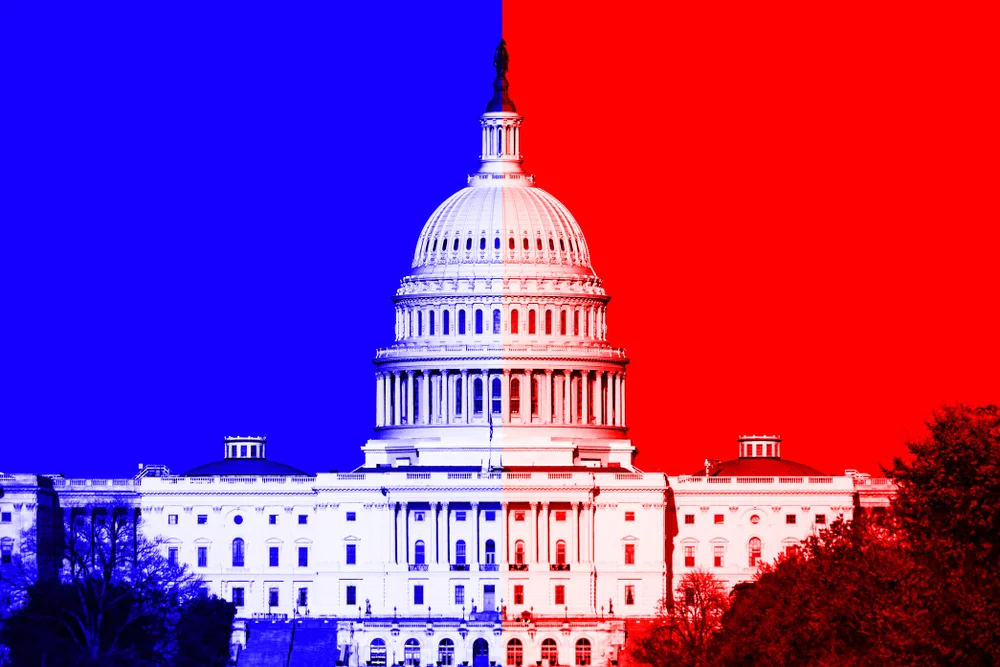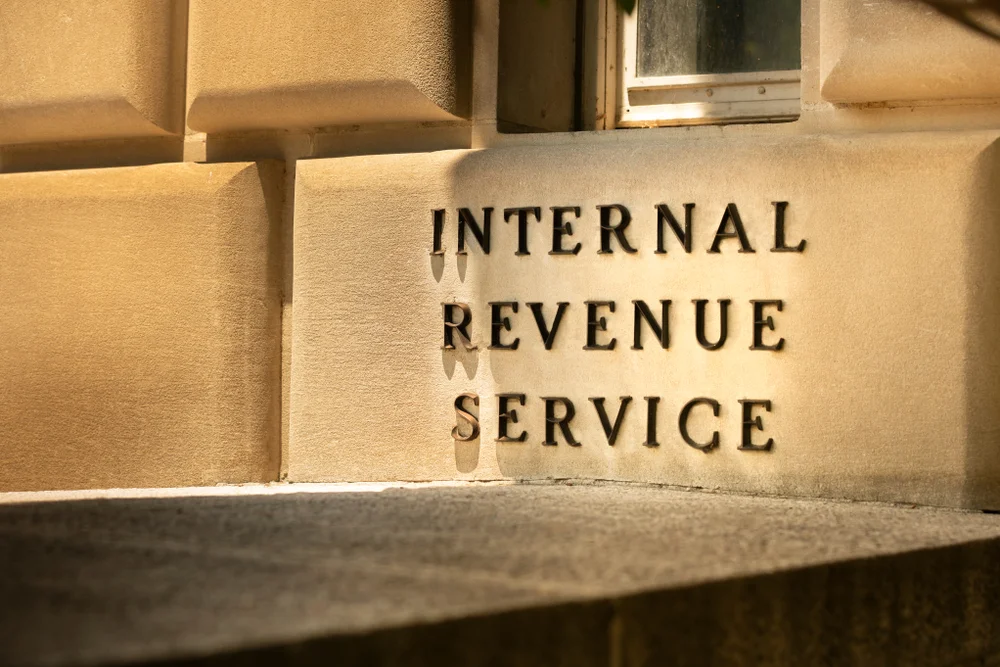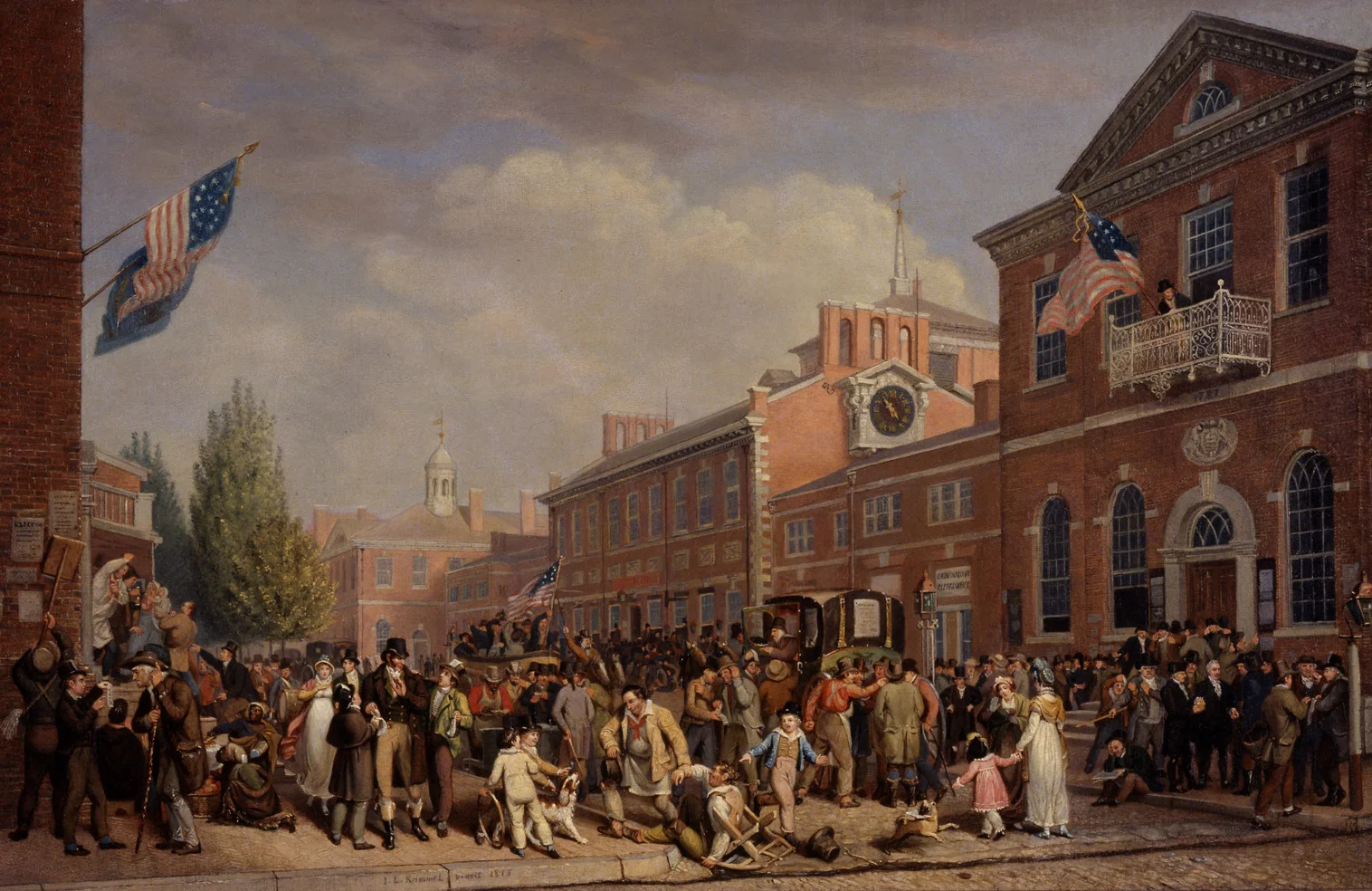.webp)
Supreme Court Term Preview: Presidential Power in Two Dimensions
As the Supreme Court prepares to take up challenges to presidential authority, distinguishing its horizontal and vertical dimensions becomes essential.
Last month, the U.S. Supreme Court started its latest “term.” This means the Justices have returned to Washington, are hearing oral arguments again, and will soon be issuing opinions — the most significant of which (if history is our guide) will be decided in June 2026 when the Court’s term ends. Even though the term has just begun, the Justices have been working hard for months; in fact, this summer was surely the busiest in a very long time because of the explosion of the “emergency docket.” And cases from that docket have helped shape what promises to be an unusually important term for the presidency. Today, I’llpreview the cases most relevant to presidential power.
Before diving into those cases, however, it is worthwhile to examine two dimensions of presidential power. One dimension is horizontal — the President’s relationship with other branches of government (especially Congress) regarding regulatory authority. But another dimension is vertical — the President’s relationship with those serving in the Executive Branch itself. Both dimensions involve multiple branches, as Congress plays a role in structuring the Executive Branch, and the judiciary is often called upon to decide whether the President is operating within the bounds set by Congress or the Constitution. But at least conceptually, it is helpful to separate actions taken by the President to regulate those outside of his branch (often by invoking statutes enacted by Congress) from actions he takes to control his branch.
Often, when discussing presidential power, we focus on the horizontal aspect. For example, before the Supreme Court overruled Chevron deference last year in Loper Bright Enterprises v. Raimondo, that deference gave the Executive Branch greater power to set national regulatory policy. If a court concluded that a statute enacted by Congress and administered by a federal agency was ambiguous, the court would defer to the agency’s reasonable interpretation. In operation, this expanded the range of policies available to the Executive Branch. In a similar vein (though with an opposite effect), the major questions doctrine limits the Executive Branch’s ability to make transformative policy changes without clear congressional assent.
By contrast, vertical presidential power concerns who makes decisions for the Executive Branch. For example, suppose the President can fire agency heads at will. In that case, they are more likely to do what the President wants them to do, resulting in policy priorities that more closely match those of the President. One of the most significant separation of powers fights in recent years — but really, going back to 1789 — concerns the President’s power to fire the heads of “independent agencies,” i.e., agencies whose leaders Congress by statute has provided some protection from at-will presidential removal.
Heated legal battles reach the Supreme Court regarding both dimensions of presidential power. However, in the first year of a new administration, the President is often more focused on the vertical aspects of the presidency as the White House begins staffing agencies and creating systems to manage the administration’s various components. Once the President’s team is in place and those systems are running, the Executive Branch begins more forcefully to regulate or deregulate.
With that background in place, let’s turn to the Supreme Court’s current term.
First, consider the “vertical” cases. In Trump v. Slaughter, the Court granted certiorari before judgment to decide whether statutory removal protections for Commissioners of the Federal Trade Commission violate the separation of powers — and, if so, whether Humphrey’s Executor v. United States (the 1935 case that proponents of independent agencies cite as authority for Congress’s ability to limit at will firing of agency heads by the President) should be overruled or at least construed narrowly. The Court may also decide whether a judge’s remedial powers extend to preventing a person’s removal from public office, as opposed to a remedy like damages. The argument is set for December. As I have explained before, it seems unlikely that Commissioner Rebecca Slaughter will prevail. As Justice Kagan all but announced in dissent on the emergency docket, the Court is not going to double down on Humphrey’s Executor. Nor, candidly, should that outcome come as a surprise to those who have been following the Court’s cases in recent years; in 2021, for example, the Court concluded that the President can fire at will the head of the Federal Housing Finance Agency. Immediately after that decision, President Biden fired the heads of the FHFA and Social Security Administration.
A similar — but different in important respects — case is Trump v. Cook. In Cook, President Trump does not rely on his Article II authority to fire agency heads. Instead, he removed Federal Reserve Board Governor Lisa Cook under a statutory provision that allows the President to fire board members “for cause.” The President argues that she may have unlawfully portrayed facts on mortgage documents, which is not what bank regulators should do. Cook says her removal is pretextual and the White House really wants to influence monetary policy. The lower courts granted Cook injunctive relief protecting her from being fired. The President sought an emergency stay of that relief from the Supreme Court, which set the stay application for oral argument in January.
On paper, the issue in Cook is whether to stay the district court’s preliminary injunction while litigation proceeds. In practice, the argument likely will address at least two merits questions: (1) whether a principal officer who is protected by a statutory for‑cause removal clause has a property interest in her office — and thus due process rights before removed; and (2) whether the President’s “for cause” determination is judicially reviewable and, if so, what counts as “cause.” Although Cook does not directly present a constitutional issue about the President’s ability to fire those within the Executive Branch, the stakes are high — particularly because the case concerns the Federal Reserve. I filed an amicus brief in Cook that explains why the Federal Reserve’s core function — monetary policy — is different in kind from what other agencies have and has been regarded as such from the founding, such that the Article II analysis may play out differently for the FTC and the Federal Reserve. Given such differences and threshold statutory questions, it is harder to predict what the Court will decide in Cook than in Slaughter.
Before June 2026, it is also possible that another vertical case will come to the Court. Currently pending on the emergency docket is Blanche v. Perlmutter, which asks “whether the Supreme Court should pause an order that temporarily reinstated the top U.S. copyright official after her firing earlier this year.” The Court could decide to hear oral argument or issue an interim order.
Second, the Court also will decide important “horizontal” cases about the Executive Branch’s authority vis-a-vis the other branches. The most obvious case that falls in this category is the tariff dispute. Given that this space has already held a symposium on that dispute, I will not say much about it, other than to note that the dispute raises significant questions about the presidency’s foreign affairs authority and the scope of the major questions doctrine—and perhaps even the nondelegation doctrine. Based on oral argument, a majority of the Court appears skeptical of at least the President’s broadest claims but may be open to other statutory theories.
The tariff dispute, however, is not alone in the horizontal category. In Urias-Orellana v. Bondi, the Court is going to decide “[w]hether a federal court of appeals must defer to the Board of Immigration Appeals’ judgment that a given set of undisputed facts does not demonstrate mistreatment severe enough to constitute ‘persecution’ under 8 U.S.C. § 1101(a)(42).” Oral argument has not been scheduled, and briefing is not yet complete, but the case likely will address how judicial review will occur in a post Chevron world governed by the Court’s analysis in Loper Bright.
Next term, I expect to see more cases regarding the scope of the Executive Branch’s regulatory powers. As mentioned earlier, often the first year of a presidential term is dedicated relatively more to vertical rather than horizontal issues. But now that the President’s team is more fully in place, we can expect more regulation and deregulation — and thus more “horizontal” cases about the President’s power to act under various statutes. Such cases often take some time to work their way through the agency process and the lower courts. For example, the en banc Fifth Circuit is scheduled to hear a case in January about the Alien Enemies Act, a statute enacted in 1798 that President Trump has invoked to target members of a transnational cartel. I suspect next year the Supreme Court may find itself reviewing the Fifth Circuit’s decision, though it could be sooner. It is also possible that another dispute regarding the scope of the President's powers — for example, impoundment — may end up at the Supreme Court.
Of course, the lion’s share of the Supreme Court’s cases this term have little to nothing to do with presidential power. True, the Trump Administration has view on high-stakes questions before the Court like “[w]hether a law that censors certain conversations between counselors and their clients based on the viewpoints expressed regulates conduct or violates the free speech clause of the First Amendment,” “[w]hether Louisiana’s intentional creation of a second majority-minority congressional district violates the 14th or 15th Amendments to the U.S. Constitution,” “[w]hether the limits on coordinated party expenditures in 52 U.S.C. § 30116 violate the First Amendment,” and “[w]hether laws that seek to protect women’s and girls’ sports by limiting participation to women and girls based on sex violate the equal protection clause of the 14th Amendment.”
But those cases do not directly affect presidential power. So, what will the overall takeaway from the 2025 term be for presidential power? The President certainly has the wind at his back with respect to Slaughter, and a decision from the Court narrowing or overruling Humphrey’s Executor would be a strong blow in favor of presidential power. As to other cases, though, we’ll have to wait and see probably until June.
Aaron L. Nielson is a senior fellow at the Civitas Institute and holds the Charles I. Francis Professorship in Law at the University of Texas at Austin School of Law.
Constitutionalism
.webp)
Supreme Court Term Preview: Presidential Power in Two Dimensions
Aaron Nielson offers a roadmap to the Supreme Court’s upcoming tests of presidential power, from interbranch conflicts to internal executive control.
.webp)
Judge Oldham's Olson Lecture: Yet Another FedSoc Debate or an Existential Challenge?
Judge Andrew S. Oldham’s Olson lecture reminds us that what worked for the Federalist Society in 1985 may not work in 2025 — and almost certainly won’t in 2065.

Ban the Filibuster — But Only for Continuing Budget Resolutions
Suspending the filibuster for continuing resolutions may have benefited Republicans this time, but the reform makes sense regardless of which party holds power.
Get the Civitas Outlook daily digest, plus new research and events.
Ideas for
Prosperity




.webp)





